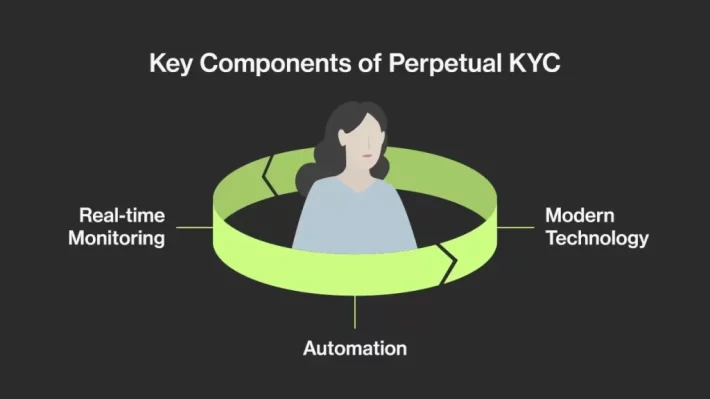RBI Proposes New Framework for Digital Payment Authentication
Introduction
The Reserve Bank of India (RBI) has proposed a draft framework aimed at enhancing the authentication mechanisms for digital payment transactions. As the digital payments ecosystem in India continues to grow rapidly, the RBI’s initiative seeks to bolster security, improve user experience, and accommodate emerging technologies in the payments landscape.
Background
With the exponential rise in digital transactions, ensuring robust security measures has become a top priority for regulators and industry stakeholders. The current authentication mechanisms have served well but require updates to keep pace with technological advancements and evolving cyber threats. The RBI’s draft framework addresses these challenges by proposing alternative authentication methods that promise both security and convenience for users.
Key Features of the Draft Framework
The proposed framework introduces several innovative approaches to authentication, designed to enhance security while maintaining ease of use:
1. Biometric Authentication: Utilizing biometric data, such as fingerprints and facial recognition, as a primary or secondary authentication method to ensure secure access to payment services.
2. Behavioral Biometrics: Leveraging unique user behavior patterns, like typing speed and gesture recognition, to authenticate transactions without disrupting the user experience.
3. Multi-Factor Authentication (MFA): Encouraging the adoption of MFA, which combines multiple verification factors, such as passwords, OTPs, and biometric data, to provide layered security.
4. Tokenization: Implementing tokenization to replace sensitive payment information with non-sensitive equivalents, reducing the risk of data breaches.
5. Device-Based Authentication: Using device identifiers and cryptographic keys stored on the user’s device to authenticate transactions securely.
RBI’s Objectives and Vision
The RBI aims to achieve several objectives with the introduction of this framework:
• Enhanced Security: Strengthening the security of digital transactions to protect against fraud and unauthorized access.
• User Convenience: Balancing security with user convenience by minimizing friction in the authentication process.
• Inclusivity: Ensuring that the authentication mechanisms are accessible to a diverse range of users, including those with varying levels of technological literacy.
• Innovation: Encouraging innovation in the payments industry by providing a regulatory environment that supports the adoption of cutting-edge authentication technologies.
Industry Implications
The draft framework has significant implications for banks, fintech companies, and payment service providers:
• Adoption of New Technologies: Financial institutions must invest in new technologies and infrastructure to support advanced authentication methods.
• Collaboration: Increased collaboration between regulators, technology providers, and industry players to develop and implement effective authentication solutions.
• Customer Education: Educating customers about new authentication methods and the benefits of enhanced security measures.
• Compliance: Ensuring compliance with the new framework while adapting existing systems to accommodate proposed changes.
Future Outlook
The RBI’s draft framework represents a significant step toward creating a secure and user-friendly digital payments environment in India. By embracing innovative authentication methods, the industry can address security challenges while offering seamless experiences to users.
As the framework undergoes public consultation and refinement, stakeholders have the opportunity to contribute their insights and help shape the future of digital payment authentication. The successful implementation of this framework will pave the way for a resilient and inclusive payments ecosystem that supports India’s digital economy.
Conclusion
The RBI’s initiative to introduce alternative authentication mechanisms marks a pivotal moment in the evolution of digital payments in India. By prioritizing security and convenience, the framework sets the stage for a future where digital transactions are both safe and accessible to all.
Source: Economic Times


